Asian elephants have long been described as forest “cleaners” by the Orang Asli people of Peninsular Malaysia who have lived alongside the giant mammals for tens of thousands of years.
A new study looking closely at the foraging behavior of free-roaming elephants backs up this ancestral understanding, demonstrating that through their feeding habits, Asian elephants (Elephas maximus) do indeed shape, or “clean,” their environment by keeping certain types of understory plants in check.
The findings, published in Frontiers in Forests and Global Change, show that by selectively feeding on their preferred food plants, such as grasses, palms, liana vines and fast-growing trees, elephants influence plant and tree diversity and ultimately shape the structure of their forest home.
The researchers closely observed the foraging preferences and patterns of five wild-born female captive elephants freely roaming through mature and early successional forests in Krau Wildlife Reserve, a 62,395-hectare (154,181-acre) swath of protected forest in Peninsular Malaysia.
The elephants exhibited several previously undocumented behaviors, including pulling down liana vines from the canopy and unearthing roots of tuberous plants like gingers. In the mature forest, they typically made a beeline for palms; whereas in the more open ground of the young forest, where palms were scarcer, they took a higher proportion of tree saplings.
“The contrasting preference could mean that they have different ecological impacts in different environments and landscapes,” study lead author Lisa Ong, a doctoral candidate at China’s Xishuangbanna Tropical Botanical Garden, told Mongabay in an email.
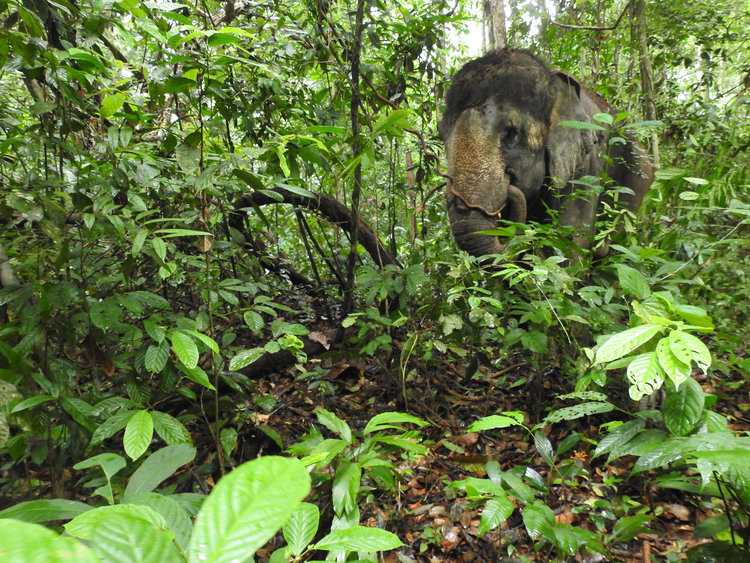
Equipped with dexterous trunks, Asian elephants boast a wide repertoire of foraging tactics: stripping leaves from branches, debarking trees, snapping trunks and branches, uprooting saplings, and pulling down lianas from the forest canopy. They even harvest fruit by shaking trees to dislodge their juicy quarry. Consequently, a herd of elephants typically leaves a trail of uprooted, debarked and broken plants in its wake as it passes through its forest home.
Researchers calculated from their observations that a single adult elephant could snap or uproot at least 39,000 tree saplings per year in mature forest and cause almost twice the amount of damage to young trees in open-canopy early successional forest.
Through this disturbance, the researchers suggest the elephants are in fact capable of “engineering” their environment by arresting the development of mature forest in open glades and along forest edges, thereby maintaining a steady supply of their fast-growing, light-loving favorite foods that also nourish many other species of smaller herbivores. In this way, they act as what the team term “ecological filters” in Southeast Asian forests, shaping the vegetation structure and diversity through their selective feeding.
Elephants boost many other vital ecological processes in forests, according to Ong. Adult Asian elephants can forage for 19 hours and consume up to 180 kilograms (400 pounds) of plant material per day, roughly half of which is “redistributed” throughout the forest as dung, she said, in turn replenishing soils with nutrients used by other plants, soil bacteria and detritivores.
“Elephants are also important long-distance seed dispersers that help spread trees far away from their parent plant … especially large-seeded plants either rarely or undispersed by other animals [and so] promoting the long-term genetic fitness of the forest,” Ong said.
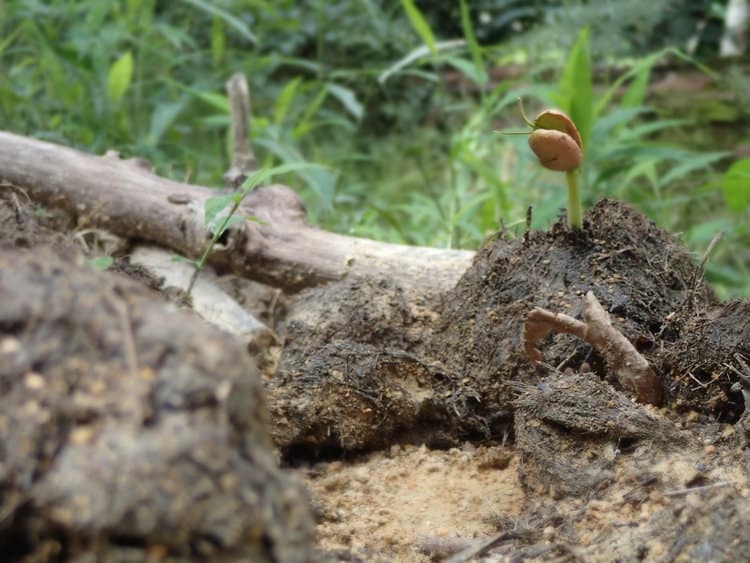
As important keystone species that underpin and influence so many forest processes, Asian elephants must be prioritized for conservation by authorities in their range countries, Ong and her colleagues say.
Ong said the elephants’ different food preferences between mature and open-canopy forests most likely comes down to palatability. While they’re capably of eating a wide range of plants, they have a strong preference for foods with low concentrations of antiherbivore defenses (toxins), Ong said. As a result, they tend to gravitate toward open-canopy forest gaps and human-modified forest edge landscapes that are replete with grasses, lianas, palms and fast-growing trees — plants that typically prioritize rapid growth over chemical defenses.
By chomping through these fast-growing, spindly species, the study suggests, elephants play a vital role in globally significant processes like aboveground carbon sequestration. By suppressing the growth of pioneer plants, they’re indirectly promoting growth and carbon storage in slower-growing, older trees that lock away carbon more efficiently.
“The stem-breaking behaviour of elephant foraging on [fast-growing] tree saplings facilitates the growth of large trees as smaller stems are compromised,” Ong said. “Over longer terms, we could see an accumulation of the overall above-ground biomass and carbon sequestration of high-density trees, as [has been shown in] studies of African elephants.”
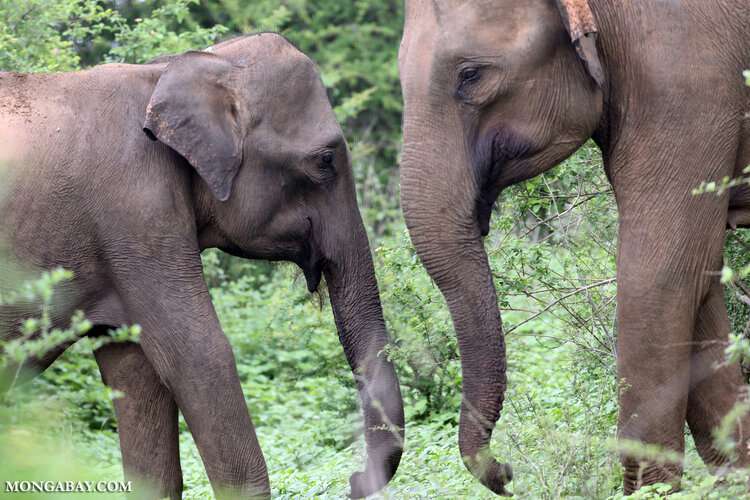
Prithiviraj Fernando, chairman of the Centre for Conservation and Research in Sri Lanka, who was not involved in the study, said the findings offer some valuable insights into elephant foraging ecology, such as the fact that they have a strong appetite for palms in Malaysian rainforests.
Fernando questioned, however, whether the small number of Asian elephants that remain in the wild are truly capable of the “profound” impacts on forest structure and composition that the study suggests.
“If you look at some of their actions such as the ability to kill a tree by debarking or toppling it, creating paths through dense vegetation, the ability to transport large seeds large distances etc., they have some impacts on the environment that are fairly unique because of their size,” Fernando told Mongabay in an email. “Taken in isolation this would seem as if they could potentially affect significant habitat, landscape [or] ecosystem change, [but] elephants are a very low density species,” he said. Given their scarcity, their impact in reality “is likely to be very low,” he said.
“In context, while elephants could kill [or] topple a tree, when you compare it with the number of trees that are killed [or] toppled by all other causes such as disease (insects, fungi, bacterial, viral), old age, lightning, drought, flooding, landslides etc., on a landscape scale, the contribution by elephants would [constitute] an insignificant proportion [of the total damage],” he said.

Ong and her colleagues say their findings ultimately demonstrate that only by leaving large areas of forest untouched will elephants be able to continue performing their important ecological role in shaping forest structure and boosting important processes such as carbon sequestration and seed dispersal, helping to maintain a balanced forest ecosystem.
Without robust forest reserve management that includes antipoaching measures, elephants will continue to be forced into small pockets of remnant forest and edge areas where they can find their preferred food plants, but where they also run into conflict with people, the study says.
Ong said the new findings also carry implications for forest conservation efforts in Southeast Asia, particularly for initiatives restoring wildlife corridors and looking to improve the condition of reserves for large herbivores.
“Many [forest] reserves have lost important highly utilized lands that gave way to human development,” she said. “Currently under-explored is perhaps the consideration of restoring megafaunal-friendly habitats within some forest reserves. In Sabah, there are ongoing projects to create elephant food sources within the Tawai Forest Reserve.”
Carolyn Cowan is a staff writer for Mongabay. Follow her on Twitter @CarolynCowan11.
Citations:
Ong, L., Tan, W. H., Davenport, L. C., McConkey, K. R., Mat Amin M. K. A., … Terborgh, J. W. (2023). Asian elephants as ecological filters in Sundaic forests. Frontiers in Forests and Global Change, 6, 1143633. doi:10.3389/ffgc.2023.1143633
This article by Carolyn Cowan was first published by Mongabay.com on 9 August 2023. Lead Image: One of the five female captive elephants foraging in the forest understory in Malaysia. Image courtesy of Lisa Ong.
What you can do
Support ‘Fighting for Wildlife’ by donating as little as $1 – It only takes a minute. Thank you.
Fighting for Wildlife supports approved wildlife conservation organizations, which spend at least 80 percent of the money they raise on actual fieldwork, rather than administration and fundraising. When making a donation you can designate for which type of initiative it should be used – wildlife, oceans, forests or climate.

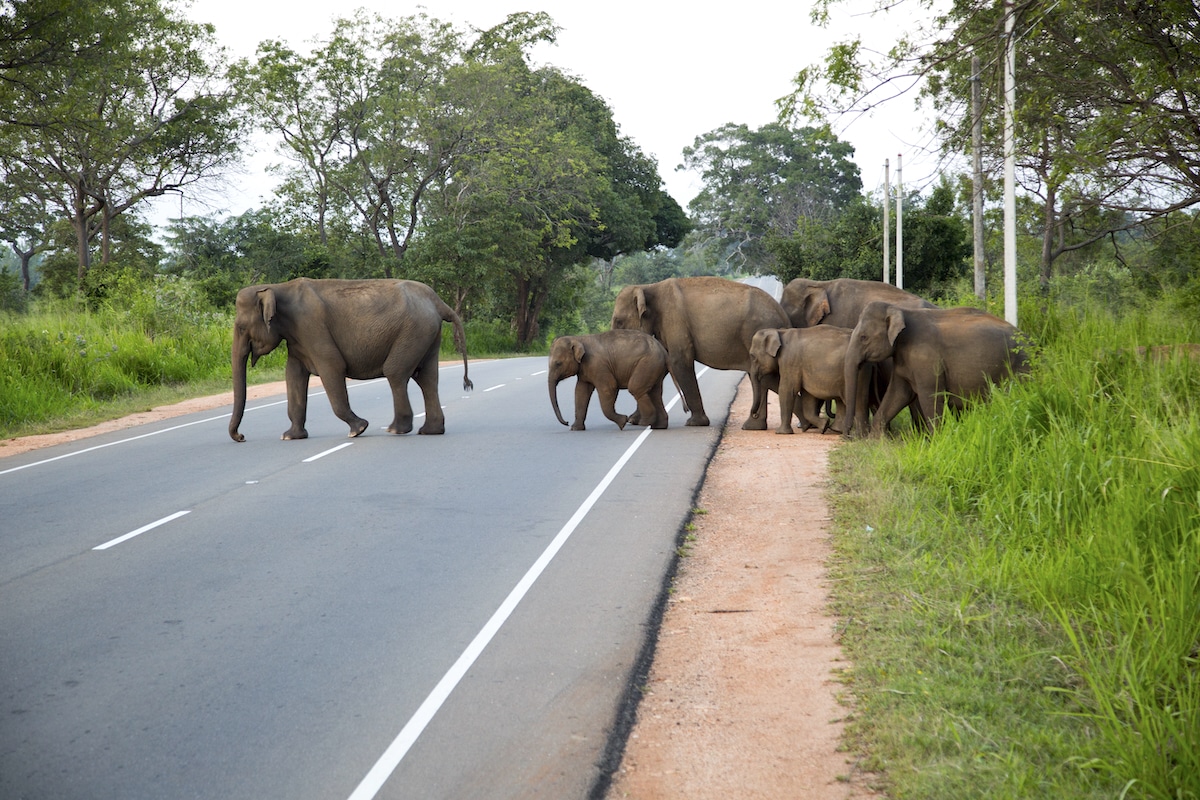

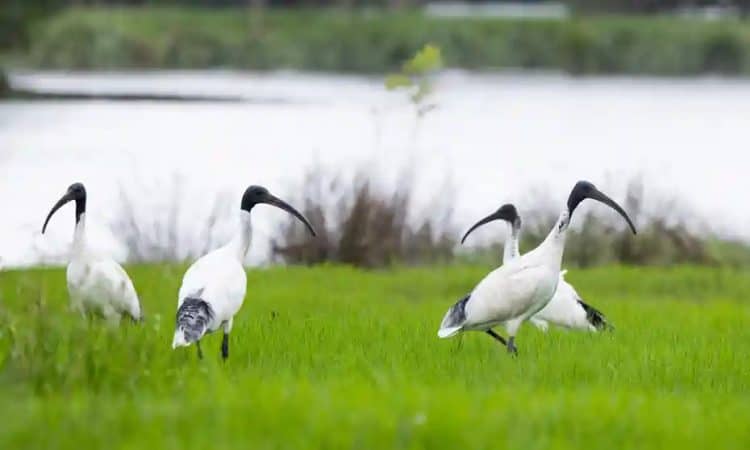
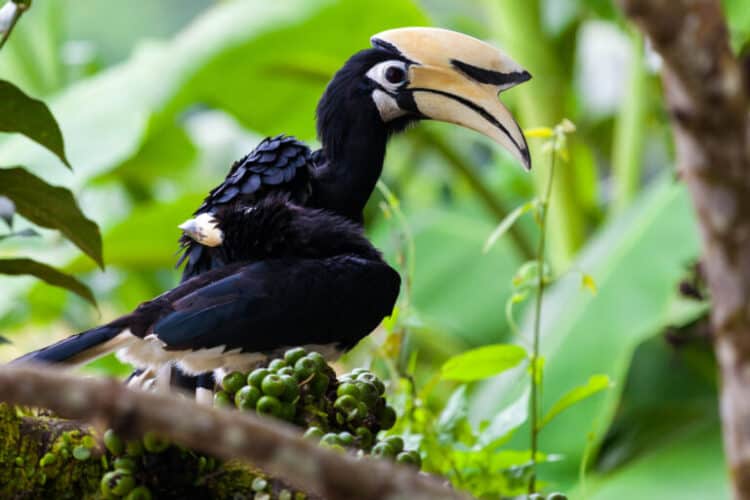


Leave a Reply